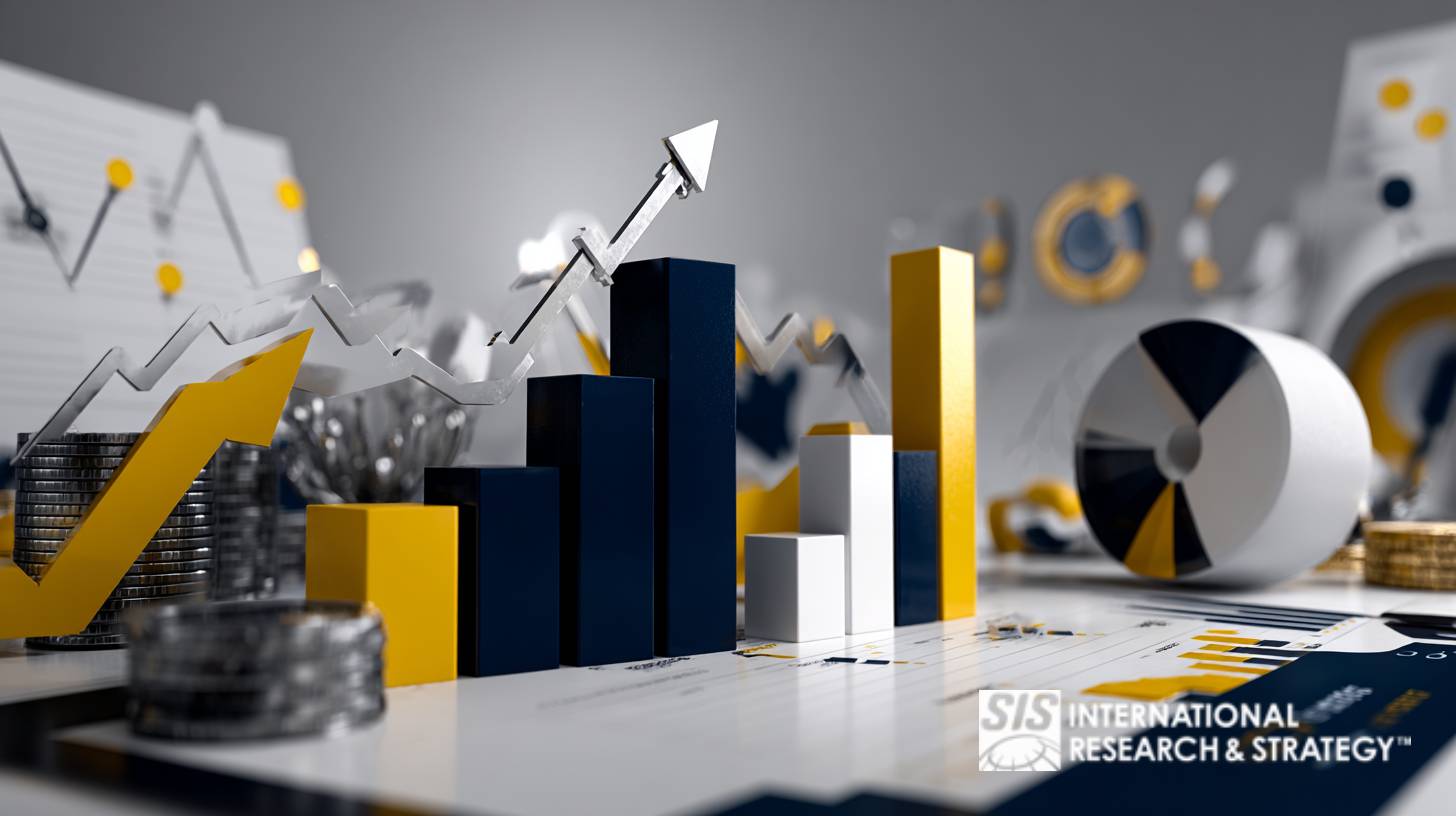Consulenza in materia di scienza e analisi dei dati

The digital revolution is becoming more popular in the consulting industry. The result is a lot of opportunities available to enhance the experience of the clients. Despite this, consultants have to gain new knowledge to remain ahead. There has been a global surge in how companies spend on analytics consulting. Investment is between spending on external consultants and creating capabilities in-house.
Data analytics is a method of extracting and drawing conclusions from data to make better decisions. This technology is fast-rising. It uses artificial intelligence, statistics, and advanced market knowledge. Users gather this data to figure out essential patterns in large sets of data. Deploying smart analytics provides excellent insights into the performance metrics of a company. It also shows the complicated changes taking place there.
Tipi di analisi dei dati
In generale, esistono quattro tipi di analisi dei dati. Sono:
1. Analisi descrittiva
Descriptive analytics provides expository information. It answers the fundamental questions of what, who, where, when, and how many. It is not possible to have dashboards and Business Intelligence tools without it, because it is the backbone of reporting. We can further divide Descriptive Analytics into two groups: canned reports and ad hoc reporting. Canned reports contain information about a particular subject. An example is a monthly report providing information on ad performance. Ad hoc reporting is usually not scheduled. It is essential to get better information about a particular issue. You can do this through social media by viewing the people who have interacted with your page. It also helps you get other demographic data. Ad hoc reporting is hypersensitive, and it provides a bigger picture of your audience.
2. Analisi diagnostica
L'analisi diagnostica risponde alla domanda sul perché è successo qualcosa. Misura i dati storici rispetto ad altri tipi di dati. Un'analisi diagnostica ti fa approfondire. Ti aiuta a individuare le dipendenze e scoprire modelli. Le aziende utilizzano questa analisi per ottenere una conoscenza approfondita di un problema specifico. Le organizzazioni devono disporre di dati dettagliati in ogni momento. In caso contrario, la raccolta dei dati potrebbe sembrare unica per ogni sfida e richiedere più tempo. L'analisi diagnostica ti invia avvisi prima che si verifichi un potenziale problema. Ad esempio, ti consente di conoscere i dipendenti che lavorano meno ore di quanto dovrebbero.
3. Analisi predittiva
L’analisi predittiva ti fornisce informazioni su ciò che potrebbe accadere in futuro. Si avvale delle scoperte dell’analisi descrittiva e diagnostica. Ti aiuta a scoprire cluster, tendenze ed eccezioni. È quindi possibile prevedere le tendenze che potrebbero verificarsi in futuro. Pertanto, l’analisi predittiva è uno strumento di previsione cruciale. Nonostante i suoi numerosi vantaggi, la previsione fornisce solo una stima. La sua precisione dipende dalla qualità dei dati. Pertanto, richiede un'ottimizzazione regolare e un trattamento attento.
4. Analisi prescrittiva
Questo tipo di analisi prescrive l'azione da intraprendere per prevenire eventuali problemi futuri. Si avvale inoltre di tutte le tendenze promettenti. Questo tipo di analisi è il luogo in cui entrano in gioco i big data e l’intelligenza artificiale. La modellazione statistica si occupa di valutare le situazioni per dimostrare o confutare un'ipotesi. L’intelligenza artificiale si occupa di prevedere risultati potenziali sulla base di molte variabili.
Data science and analytics consulting are essential to all businesses. It can help them create new products. It also makes them more efficient for better performance and enhances the customer experience. It provides information for better decision-making and detects challenges and opportunities. It makes forecasts that can reduce labor and cost, saving time.

